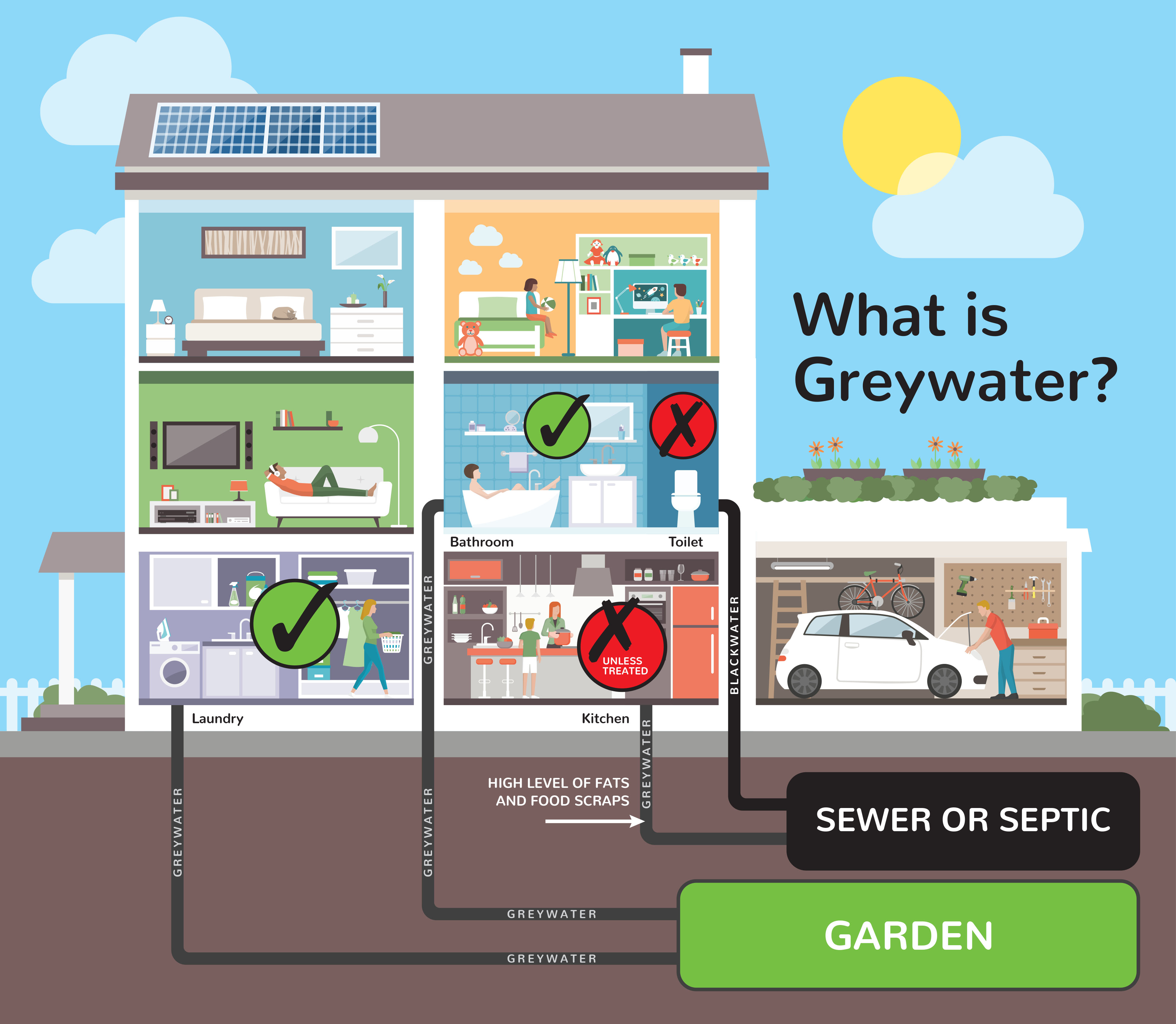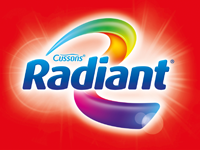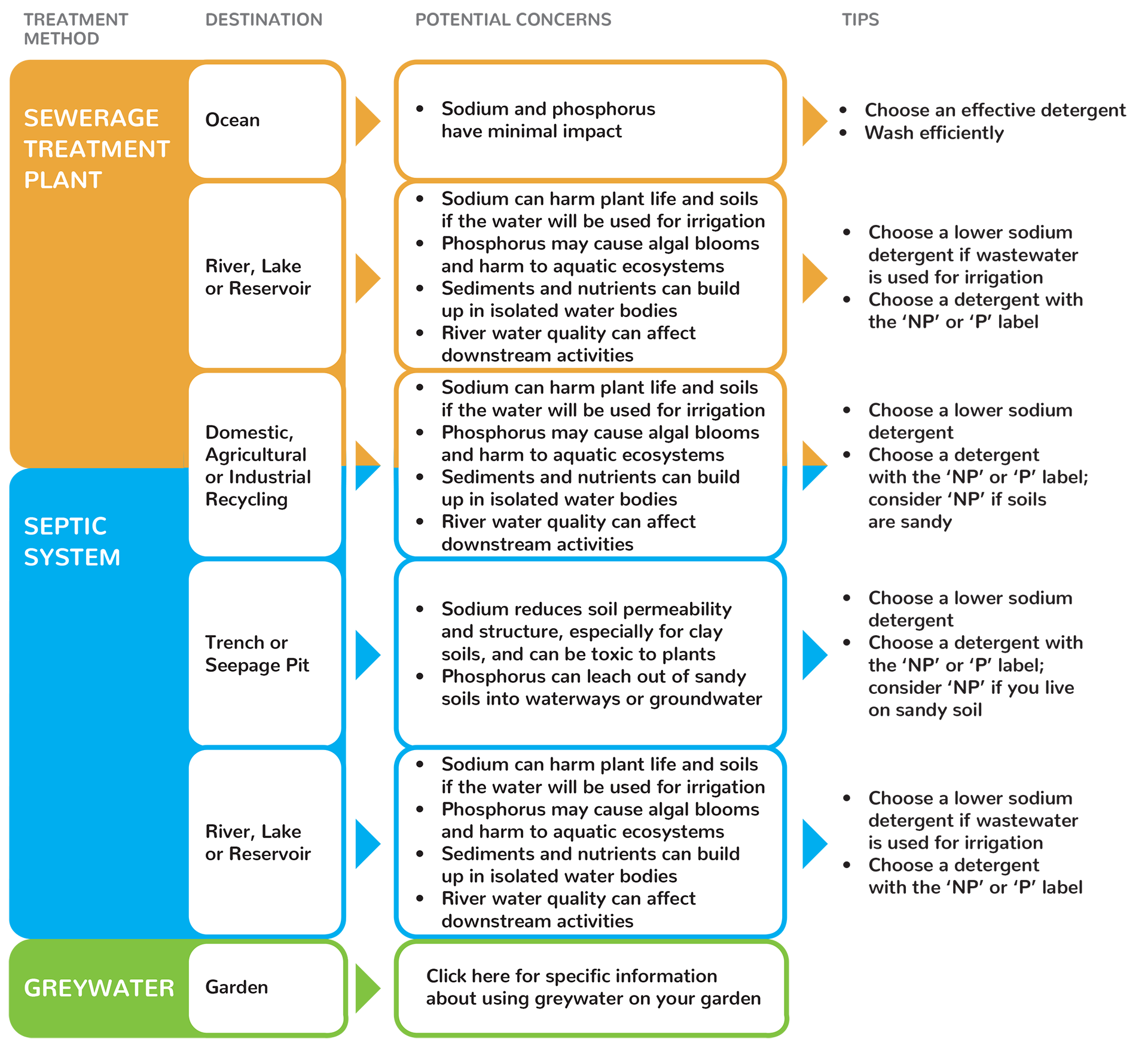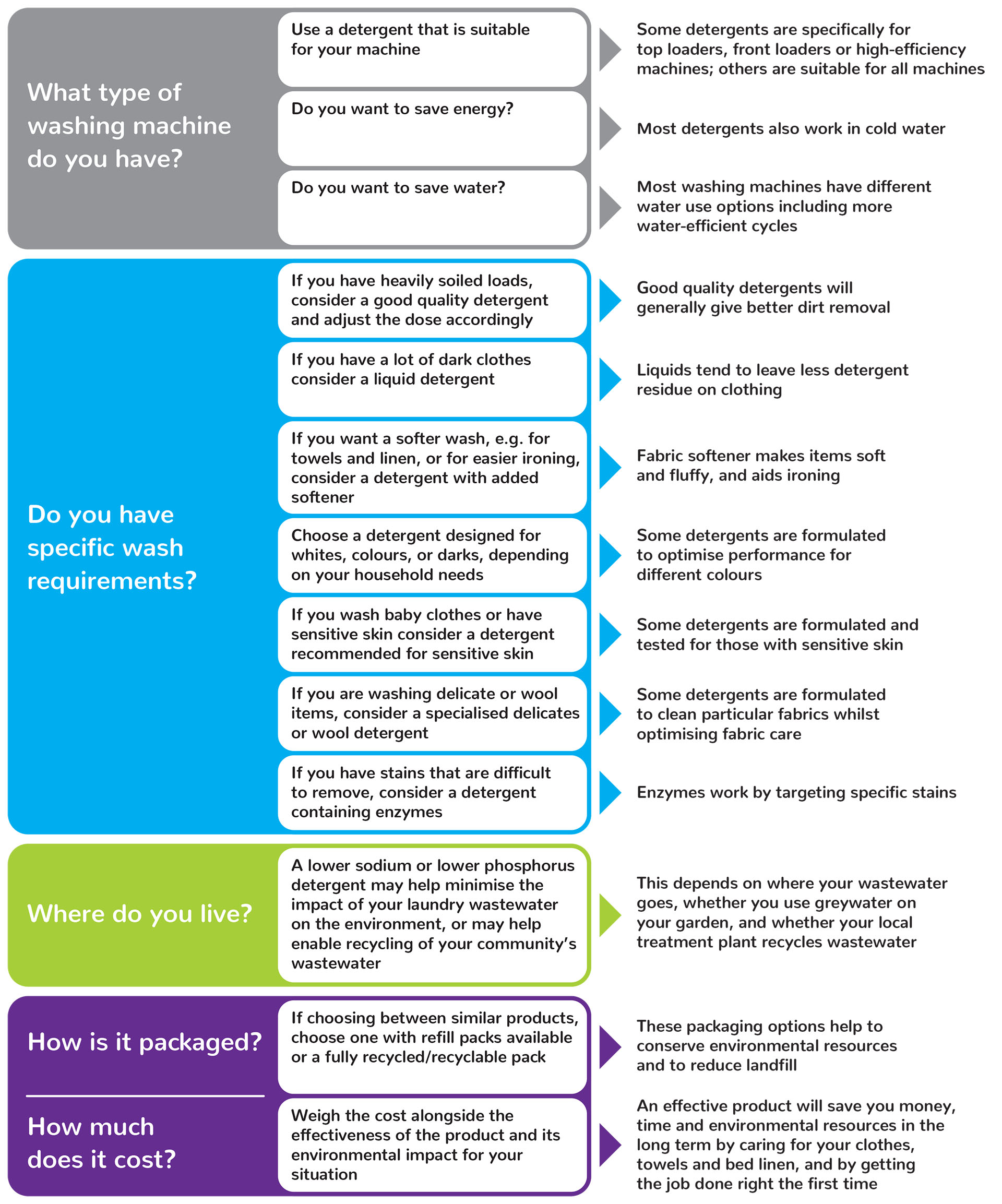After you wash
You’re nearly done! All that’s left is to dry your clothes, put them away, and some occasional washing machine maintenance. Maybe you are also considering using laundry greywater on your garden.
A WashWise approach will ensure that even as you dry your wash items, you are making the best choices for your household and the environment. And if you go the extra step of using laundry greywater on your garden to help conserve this vital resource, that you do so wisely.
AFTER YOU WASH
Drying your clothes
After washing, it’s best to take your laundry out of the washing machine and dry it as soon as possible. This helps to reduce creasing and mustiness.
If possible, line-dry your clothes. Whilst not possible for everyone, using a clothesline is a great choice if you are conscious of your expenses and the environment.
Line-drying your clothes has obvious environmental benefits, but there can also be other factors to consider for your situation. For example, you may not have access to a suitable outdoor space to line-dry clothing. Or, you may not have room indoors for a dryer. Here are some more clothesline or dryer – pros and cons for you to consider.
If you are line-drying, check garment labels for any specific recommendations. Otherwise, hang:
- tops upside-down
- trousers right-way-up
- brightly coloured or dark items in the shade, or inside-out
- dresses, business shirts and lingerie on hangers, or draped over the line without pegs
Dry flat any jumpers, stockings and delicates that may lose shape if hung to dry.
Of Australian households, approximately 55% have a clothes dryer and 52% considered the energy star rating when buying a new dryer. [i]
Of Australian households, approximately 55% have a clothes dryer and 52% considered the energy star rating when buying a new dryer. [i]
AFTER YOU WASH
Maintaining your machine
It is important to look after your washing machine to help it continue to operate at its best. Refer to the manufacturer’s instructions, but regular maintenance could include:
- Leaving the door open after each wash – this can help prevent mould from growing inside, musty smells from developing, and can help preserve the door seal.
- Cleaning the dispenser drawer, if your machine has one, of any detergent residue.
- Emptying the drain pump.
- Descaling – this removes build-up of lime deposits in your machine, and is especially important if your water supply is hard.
- Performing a maintenance wash – this can help remove residue build-ups in your machine, and is especially important if you wash in cold water all the time.
AFTER YOU WASH
Reusing greywater
What is Greywater?
Greywater is another name for household wastewater, which can include wastewater from the laundry, shower, bath, and bathroom sink. Greywater also includes kitchen sink and dishwasher wastewater, but this source is not used in household recycling systems because it can contain high levels of food scraps, grease and fat. Greywater does not include toilet wastewater, which is referred to as blackwater.

Should YOU use greywater on your garden?
There are numerous regulations, suggestions and guidelines on the safe use of greywater. It is important that you consider these for your own household, and so minimise the potentially negative impact of greywater on your own garden or in the broader environment. Important considerations for residents in one part of Australia may be different to those for residents in another part of the country.
In areas where there are severe water shortages and restrictions, greywater can be used on the garden, without further treatment, for limited periods. Long-term use is not recommended: if you want to permanently recycle your greywater it is advisable to install a greywater treatment system.
The main issues to consider when using laundry greywater on the garden are its salinity (the concentration of dissolved salts in water such as sodium, calcium and magnesium salts), its sodium and phosphorus content, as well as its pH and total alkalinity.
There is no single answer for all households concerning the suitability of greywater reuse. All households differ in terms of:
- demographics (the number of inhabitants, their ages, lifestyles, and health levels)
- soil type (sandy, loam, or clay)
- hardness of the water supply
- size of the irrigation area
- plant species grown
- local council and state government regulations for the region
It may be best for you not to use greywater. Perhaps there are better ways you can contribute to water conservation in the garden. Maybe you could grow plants that require less water – a nursery or online plant selector may be able to help. Or perhaps you could install a rainwater tank. Each household should consider their situation before deciding how to contribute to water conservation.
How can you use greywater?
Step 1: Check information for your state or territory to make sure that you are allowed to do the kind or recycling that you want to.
Step 2: Undertake a water balance for your household to work out how much greywater you can reuse.
Step 3: Know your options for reuse of greywater, treated or untreated.
For more information, download the Greywater Dos and Don’ts Tipsheet
- The simplest option is to manually bucket greywater from the laundry to the garden.
- Next is the option of connecting a hose to divert washing machine greywater to the garden.
- Permanent, more sophisticated systems are diversion devices connected to underground irrigation systems.
- At the highest level are greywater treatment systems that may allow a greater range of uses, such as spray irrigation, car washing, toilet flushing and laundry use. Treatment of greywater will not reduce its sodium or phosphorus content but will minimise its risk to public health by removing some organic components and microorganisms.
- Choose a system that is right for your household’s needs. This will depend on how you want to reuse greywater and the amount you are willing to spend.
State and Territory information on greywater recycling
An excellent summary for all states and territories can be found in the “Urban Greywater Design and Installation Handbook”.
General information on greywater can be found at the Your energy savings website.
State-by-state information can be found at the following links (current as of June 2018):
[i] Australian Bureau of Statistics 2014, 4602.0.55.001 – Environmental Issues: Energy Use and Conservation.
[ii] Australian Bureau of Statistics 2010, 4613.0 – Australia’s Environment: Issues and Trends.







